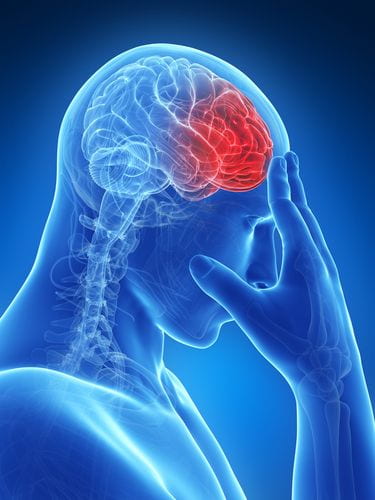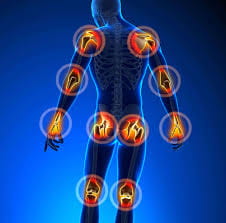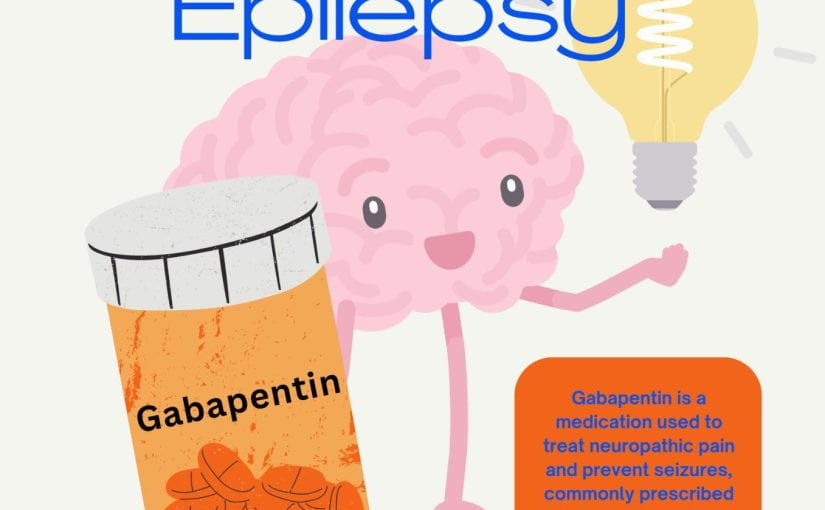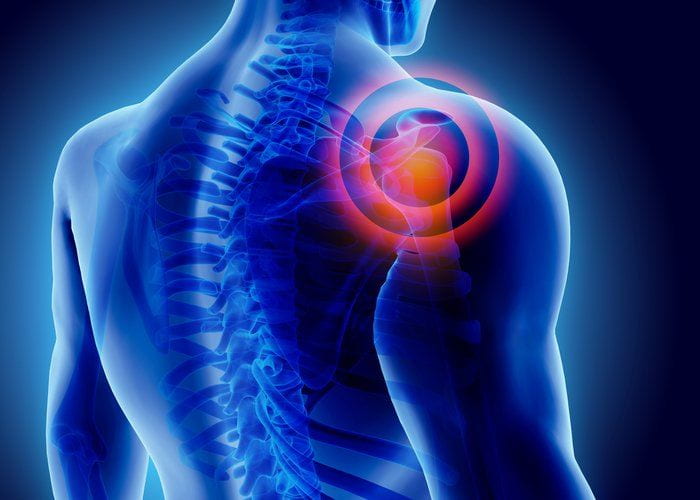Managing muscle pain in individuals with spinal cord injuries presents a complex challenge that requires a comprehensive and multidisciplinary approach. Understanding the causes and mechanisms of muscle pain in this population is crucial for effective assessment and diagnosis. Non-pharmacological strategies, including physical therapy and occupational therapy, play a significant role in managing muscle pain, alongside pharmacological interventions. Psychological approaches, emerging technologies, and collaborative care further enhance the management of muscle pain in spinal cord injuries. This article explores various strategies and interventions aimed at alleviating muscle pain in individuals with spinal cord injuries, highlighting the importance of a holistic and patient-centered approach to pain management.
Understanding Muscle Pain in Spinal Cord Injuries
So, you’ve got a spinal cord injury and muscle pain is raining on your parade. Let’s break it down to understand why those muscles are throwing a tantrum.
Causes of Muscle Pain in Spinal Cord Injuries
Picture this: your spinal cord is like a highway for messages between your brain and the rest of your body. When there’s a roadblock due to injury, your muscles might start wailing in pain.
Mechanisms of Muscle Pain Transmission
It’s like your nerves are sending distress signals to your brain, screaming, “Hey, something’s not right down here!” Understanding how these signals work can help in managing the pain circus. When there’s a roadblock due to injury, your muscles might start wailing in pain. It’s like your nerves are sending distress signals to your brain, screaming, “Hey, something’s not right down here!” Understanding how these signals work can help in managing the pain circus. Once you’ve identified the source of the muscle pain, it’s important to assess and diagnose the issue. This involves playing detective to figure out the best strategy to tackle it head-on. Your healthcare team will act like Sherlock Holmes, asking you questions, poking around, and putting the puzzle pieces together to understand your muscle pain story.
Assessment and Diagnosis of Muscle Pain
You’ve identified the muscle pain culprit. Now it’s time to play detective and figure out the best strategy to tackle it head-on. Once your healthcare team has gathered all the necessary information through their detective work, they will then move on to conducting a clinical evaluation of your muscle pain. This evaluation will involve a thorough examination of your symptoms, medical history, and physical assessment to further narrow down the potential causes of your muscle pain. By utilizing their investigative skills and medical expertise, your healthcare team will be able to recommend the most appropriate imaging and diagnostic tests to help confirm their suspicions and provide a more accurate diagnosis.
Clinical Evaluation of Muscle Pain
Your healthcare team will be like Sherlock Holmes, asking you questions, poking around, and putting the puzzle pieces together to understand your muscle pain story.
Imaging and Diagnostic Tests for Muscle Pain
Think of this as your muscle pain x-ray vision. From MRIs to nerve conduction studies, these tests can help paint a clearer picture of what’s going on beneath the surface.
Non-pharmacological Management Strategies
No need to dive straight into the medicine cabinet. Let’s explore some non-medical ways to soothe those aching muscles first. When it comes to managing muscle pain, it’s important to consider all options before turning to medication. Non-pharmacological approaches such as massage therapy, acupuncture, and heat therapy can provide effective relief without the potential side effects of medication. These alternative methods can target specific areas of discomfort and promote overall relaxation and healing. By incorporating a variety of non-medical strategies into your pain management plan, you can take a holistic approach to improving your muscle health and overall well-being.
Physical Therapy Exercises and Techniques
Easing muscle pain can be like training for a marathon – slow and steady wins the race. Physical therapy can help strengthen, stretch, and relax those muscles for some relief. Another non-medical strategy to consider is incorporating massage therapy into your pain management plan. Massage can help improve circulation, reduce muscle tension, and promote relaxation, all of which can contribute to easing muscle pain. Additionally, mindfulness techniques such as deep breathing exercises or meditation can help you manage stress and reduce muscle tension, ultimately improving your overall well-being.
Occupational Therapy Interventions
Your daily activities might need a makeover to accommodate muscle pain. Occupational therapy can offer tricks and tools to make life easier while managing the discomfort. In addition to occupational therapy interventions, incorporating mindfulness techniques such as deep breathing exercises or meditation can also be beneficial in managing muscle pain. By practicing mindfulness, you can learn to better cope with stress and reduce muscle tension, leading to an overall improvement in your well-being. These techniques can complement pharmacological interventions and provide a holistic approach to managing muscle pain.
Pharmacological Interventions for Muscle Pain
If the pain persists, it might be time to bring in the big guns – medications tailored to quiet the muscle pain riot. When it comes to managing muscle pain, it’s important to explore a variety of approaches to find what works best for you. While mindfulness techniques and pharmacological interventions can be effective tools, it’s also crucial to consider the potential side effects and long-term implications of relying solely on medication. By combining these strategies with other holistic approaches such as physical therapy, acupuncture, or massage therapy, you can create a comprehensive plan to address muscle pain from multiple angles.
Pain Medications and their Effects
From over-the-counter pain relievers to prescription drugs, these meds can help dial down the muscle pain volume so that you can turn down the suffering soundtrack. When considering pain medications, it’s important to be aware of the potential side effects and long-term implications of relying solely on medication. While these medications can be effective in reducing muscle pain, they may not address the root cause of the issue. By incorporating holistic approaches such as physical therapy, acupuncture, or massage therapy, you can complement the effects of medication and create a more comprehensive plan for managing muscle pain. This multi-faceted approach can help target the source of the pain and provide relief from different angles, ultimately improving your overall quality of life.
Intrathecal Drug Delivery for Muscle Pain
Imagine a direct line to your spinal cord to deliver pain-fighting superheroes exactly where they’re needed. Intrathecal drug delivery can target the source of muscle pain with precision.
Physical Therapy and Rehabilitation Techniques
If your muscles are feeling like they’ve been through a wrestling match with a grizzly bear, fear not! Stretching and strengthening exercises can be your trusty sidekicks in the battle against muscle pain. These exercises help improve flexibility, increase strength, and reduce muscle tension, making you feel like a ninja warrior in no time. Additionally, assistive devices and mobility aids can provide the extra support needed to navigate through the jungle of daily activities with more ease.
Psychological Approaches to Coping with Muscle Pain
When muscle pain is playing mind games with you, it’s essential to bring in the big guns of psychological approaches. Cognitive-behavioral therapy for pain management can help rewire your brain’s response to pain signals, turning down the volume on discomfort. Mindfulness and relaxation techniques are like fluffy pillows for your mind, helping you find peace amidst the muscle pain storm.
Emerging Technologies and Innovations in Pain Management
In a world where technology rules supreme, why not enlist its help in the fight against muscle pain? Virtual reality and biofeedback offer futuristic ways to distract your brain from pain signals, transporting you to lands far, far away from discomfort. Neuromodulation devices might sound like something out of a sci-fi movie, but they’re real-life heroes that can zap away muscle pain like a lightning bolt.
Collaborative Care and Multidisciplinary Approaches
When it comes to managing muscle pain, teamwork makes the dream work. Team-based care brings together a squad of healthcare professionals to tackle muscle pain from all angles, ensuring you get the best care possible. Patient education and self-management strategies empower you to take the reins in your muscle pain journey, turning you into the fearless leader of your own pain-free destiny. In conclusion, managing muscle pain in individuals with spinal cord injuries requires a tailored and multidimensional approach that addresses the physical, psychological, and social aspects of pain. By combining non-pharmacological interventions, pharmacological treatments, physical therapy techniques, psychological support, and innovative technologies, healthcare professionals can work collaboratively to optimize pain management outcomes for individuals living with spinal cord injuries. Continued research and advancements in pain management strategies hold promise for improving the quality of life and well-being of those experiencing muscle pain in the context of spinal cord injuries.




